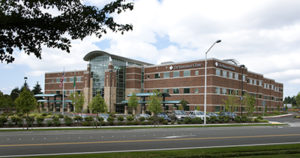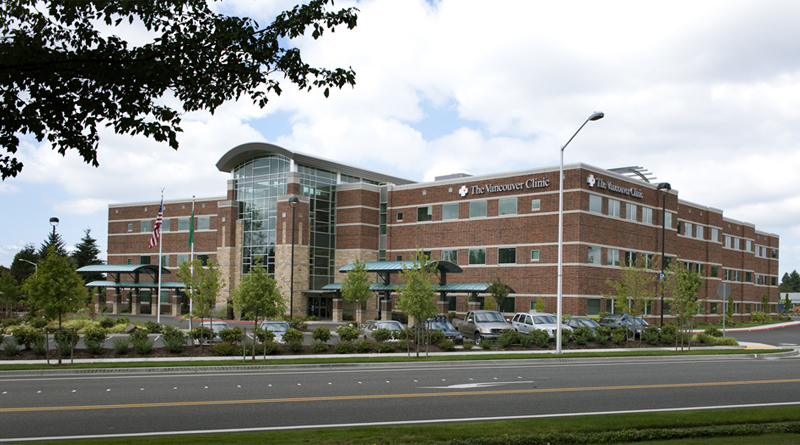Part II: Can Bricks and Mortar Transform Health Care?
By Miguel Burbano de Lara

Today’s health care facilities have to be adaptable and efficient to remain competitive in the face of change, and also note the importance that the physical bricks-and-mortar building plays in the overall delivery of modern health care. In Part I of this article, we discussed how modern buildings play a critical role in addressing the unique challenges in today’s health care facilities. Meeting objectives like coordinated and integrated care requires facilities that are cutting edge, which means new approaches to planning, architecture and construction as well as operations and service delivery. With an emphasis on preventive medicine and cost-saving measures, facilities must incorporate design features that allow them to adapt to the rapidly changing landscape of the industry.
The Introduction of Modern Technology
The introduction of modern technology – from diagnostic and treatment technology to electronic health records (EHRs) and HIPAA Compliant Phone Services (Read More here) – all drive new protocols and methods, requiring continual innovation in building environments. Robotic surgery systems and MRIs are perhaps the most obvious examples of technology developments that impact buildings in terms of size, power, configuration, orientation, structure, infrastructure and the need for flexibility.
Similarly, the portability of and access to EHRs requires fundamental shifts in building technology, information systems and building infrastructure to support communication flow. As health systems introduce EHRs, the ability to manage pre- and post-visit data more effectively, as well as the “medical encounter-protocol data,” becomes evident. This data needs to be managed such that it is securely available, portable and accessible by authorized providers and medical staff.
Few organizations can match The Vancouver Clinic, a privately held multispecialty medical group in Southwest Washington, in terms of explosive growth. The clinic network has grown from 65 to 270 physicians or providers in fewer than 11 years. That growth has been driven by effective integration of services supported by robust information, diagnostic and treatment technology.
Replacing Facilities

Photo Credit (all): LaCasse Photography
Replacing older facilities has become necessary and urgent in many communities. The 1946 Hill-Burton Act funded hospital and clinic projects in 4,000 U.S. communities – especially underserved rural communities – and these facilities have reached the limits of functionality and use. Meanwhile, the development of comprehensive medical centers within cities shifted services and concentrated care in urban areas. Megahospitals in virtually every city in the U.S. define the institutional hospital campus, which is not effective or conducive for outpatient modalities and services.
The construction effort associated with replacing aging plants can be extremely complex, especially when a facility is in use and housing critical patients. In the hospital setting, services are expensive, and shutting down an operating room may cost hundreds of thousands of dollars a week. Challenges include prescriptive, complex regulations and the need to upgrade multiple systems’ support infrastructure.
Coquille Valley Hospital, a Critical Access Hospital (CAH) in Coquille, Ore., exemplifies the new commitment to addressing customer needs with a transformational experience for the patient/customer, family and community. The three-story facility serves some 12,500 patients, including three retirement communities. The replacement hospital introduced single-occupancy patient rooms supported by state-of-the-art interventional programs and public spaces derived from those found in modern hotels. The transformational experience ensures compliance with HIPAA and accessibility while optimizing flow.
Transforming the National Imperative
There is no question that there is a national imperative to modernize, repurpose or replace aging health care facilities. However, this process is no longer solely about the edifice. Indeed, it is about the ways in which a bricks and mortar building can enable the transformation of the health care enterprise and the experience of all users, including patients as customers.
Miguel Burbano de Lara is an architect at Fort Collins, Colo.-based Neenan Archistruction. He can be reached at miguel.burbano@neenan.com.

